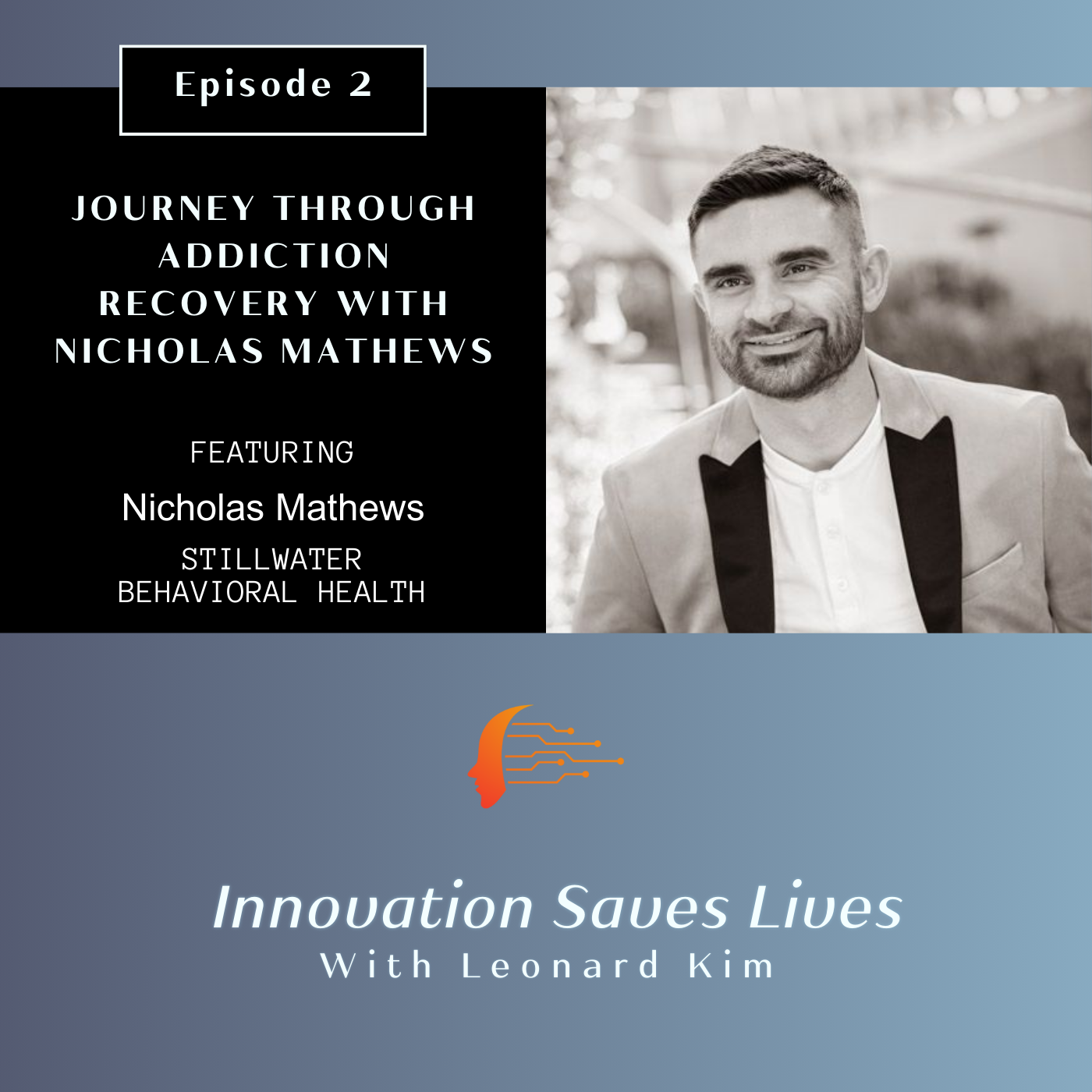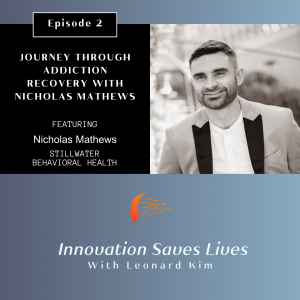Blacksmithing is a time-honored craft that involves shaping metal through heating, hammering, and forging.
While this ancient art form has evolved significantly over the years, the inherent risks associated with the craft remain.
Injuries sustained by blacksmiths can be severe due to the high temperatures, heavy machinery, and physical demands of the Blacksmithing and welding profession. However, advancements in medical technology have led to innovative treatments that can significantly improve the recovery process for blacksmithing injuries. In this article, we delve into the technology used to treat blacksmithing injuries, highlighting the cutting-edge methods that are enhancing the health and well-being of blacksmiths worldwide.
Diagnostic Imaging Tools
Modern diagnostic imaging tools play a crucial role in accurately assessing the extent of injuries sustained by blacksmiths. X-rays, magnetic resonance imaging (MRI), and computed tomography (CT) scans are used to visualize bones, joints, and soft tissues. These technologies help medical professionals identify fractures, ligament tears, and other internal injuries caused by accidents while working with heavy machinery or hot metals. Prompt and accurate diagnosis ensures that appropriate treatment plans can be implemented promptly.
Telemedicine and Virtual Consultations
Telemedicine has revolutionized the way medical professionals interact with patients, especially during the ongoing global health challenges. For blacksmiths located in remote areas or those unable to travel due to their injuries, telemedicine offers a convenient solution. Virtual consultations enable injured blacksmiths to connect with specialized medical practitioners, discuss their symptoms, receive expert advice, and even undergo remote monitoring. This technology not only expedites the treatment process but also minimizes the need for unnecessary travel and discomfort.
Advanced Wound Healing Techniques
Blacksmithing injuries often involve burns, cuts, and abrasions due to exposure to high temperatures and sharp tools. Advanced wound healing techniques, such as negative pressure wound therapy (NPWT) and bioengineered skin substitutes, have been increasingly employed to facilitate the healing process. NPWT promotes healing by applying controlled suction to the wound, removing excess fluid, and stimulating blood flow. Bioengineered skin substitutes aid in regenerating damaged skin and reducing scarring, leading to improved cosmetic and functional outcomes for blacksmiths.
Regenerative Medicine
Regenerative medicine holds immense promise in treating injuries sustained by blacksmiths. Stem cell therapy and platelet-rich plasma (PRP) treatments are two examples of regenerative techniques being explored. Stem cell therapy involves the use of stem cells to repair damaged tissues, while PRP injections deliver concentrated growth factors to accelerate healing. These innovative approaches are being studied to enhance tissue repair and minimize long-term complications associated with blacksmithing injuries.
Virtual Reality Rehabilitation
Rehabilitation is a crucial aspect of recovering from blacksmithing injuries. Virtual reality (VR) technology has emerged as a valuable tool in this context. VR rehabilitation programs offer immersive exercises that help improve mobility, strength, and coordination. These programs can be customized to suit the individual needs of each blacksmith, making the rehabilitation process engaging and effective. Additionally, VR rehabilitation provides real-time progress tracking, allowing medical professionals to adjust the treatment plan as needed.
Customized Orthotics and Prosthetics
Severe blacksmithing injuries may result in the loss of a limb or the need for orthotic devices. Cutting-edge technologies, such as 3D scanning and printing, have transformed the development of customized orthotics and prosthetics. These devices are tailored to fit the unique anatomical features of each blacksmith, ensuring comfort, functionality, and optimal support during the recovery and return-to-work phases.
Conclusion
As the world of blacksmithing evolves alongside advancements in technology, so too does the treatment of injuries associated with the craft. From diagnostic imaging and telemedicine to regenerative medicine and virtual reality rehabilitation, these technologies are enhancing the recovery journey for blacksmiths. By embracing these innovations, blacksmiths can confidently address injuries, minimize downtime, and return to their craft with improved health and vitality. The seamless integration of technology and medical expertise holds the promise of a safer and more resilient future for those dedicated to the art of blacksmithing.













